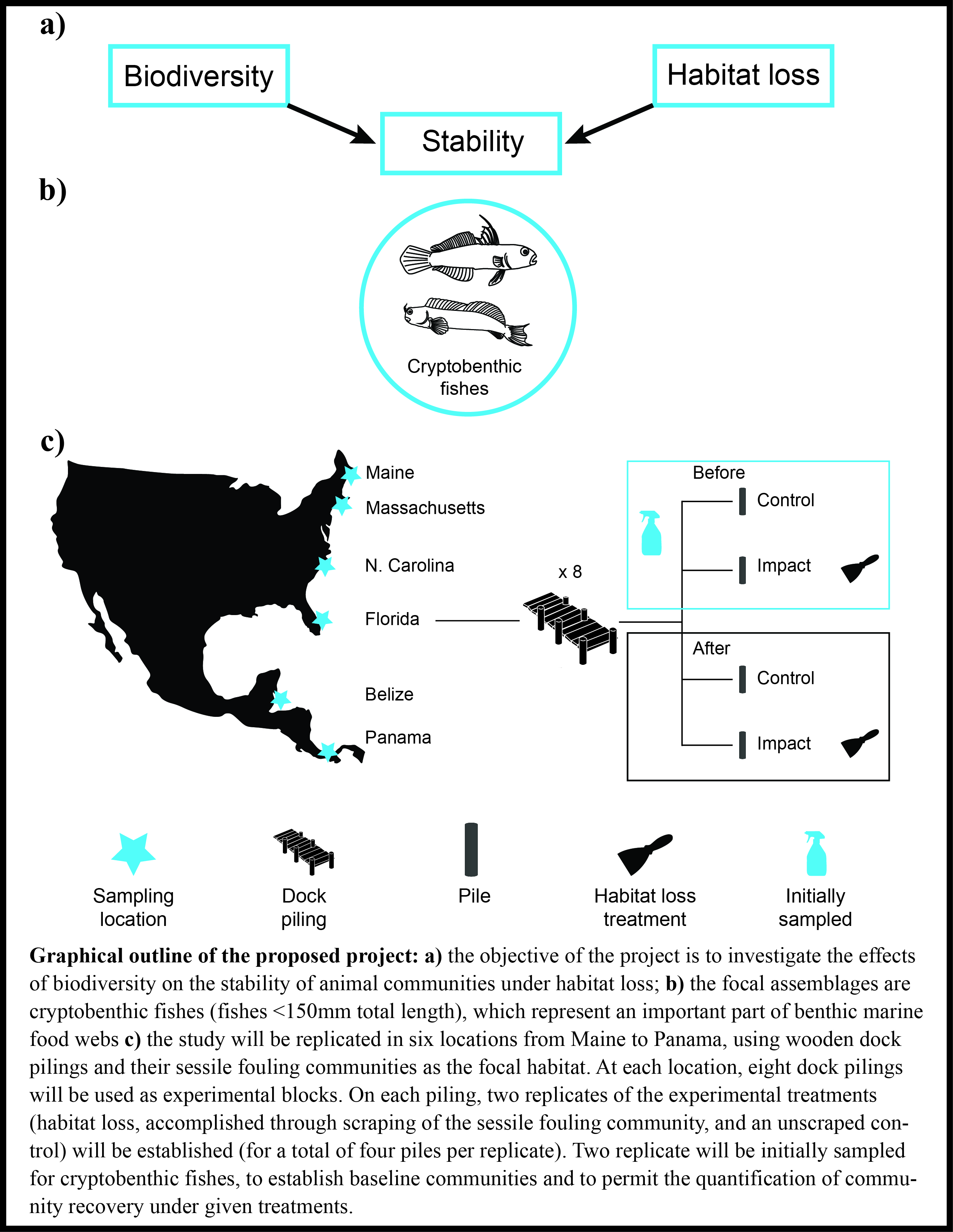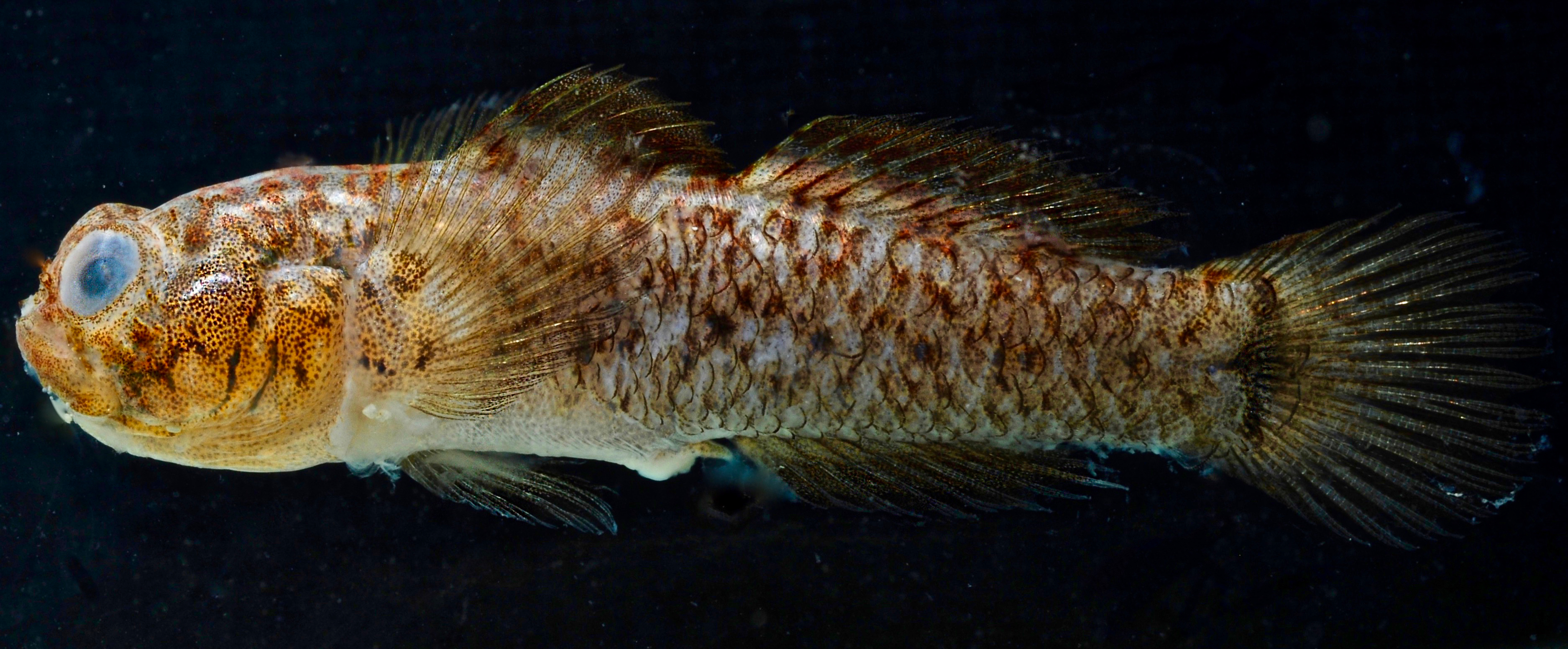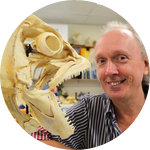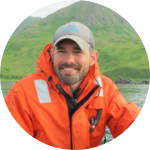About This Project
Humans are profoundly altering ecosystems worldwide. While more diverse communities of organisms are assumed to be more resistant to change, it is unknown whether biodiversity can truly buffer ecosystems against human disturbance. To understand the role of biodiversity for ecosystem stability, I am examining the response of small, cryptic fishes to disturbances on marine dock pilings from the icy waters of the Northern Atlantic to the tropical shores of Panama.
Ask the Scientists
Join The DiscussionWhat is the context of this research?
Are more diverse communities more resistant to change? Although a long-standing question in ecology, the relationship between biodiversity and ecological stability in response to human disturbance is poorly understood, especially in marine systems. Given that coastal marine ecosystems are among the most heavily impacted systems by humans on Earth, understanding the role of biodiversity for ecological stability in marine systems is critical. The frequently overlooked, small, cryptic fishes that live on marine dock pilings (such as gobies, blennies, or rock gunnels) represent a perfect system to study this question because they represent diverse communities in a habitat present on shorelines worldwide.
What is the significance of this project?
By sampling cryptobenthic fishes from dock-pilings, the project showcases the beautiful diversity of fishes in an environment literally located in our backyards. Although frequently overlooked, cryptobenthic fishes constitute the majority of marine vertebrate biodiversity and are an integral part of benthic marine food webs worldwide. Thus, the project will yield information about the dynamics of an important component of coastal ecosystems following disturbance, while exposing the hidden biodiversity of fishes in our marine backyards from the tropics to the subarctic. Finally, given the global availability of docks, the proposed project may also set the stage for a large-scale network of fish biodiversity monitoring in artificial marine habitats
What are the goals of the project?
The objective of the project is to experimentally assess the response of animal communities to disturbance across a latitudinal diversity gradient from Panama to Maine. Specifically, I am examining the recovery of small, cryptic, bottom-dwelling fish communities (cryptobenthic fishes) from marine dock pilings after administering a habitat loss treatment (by scraping off the sessile community), predicting that more diverse communities can better withstand the effects of the disturbance. In doing so, I seek to quantify the importance of biodiversity for the response of animal communities to profound changes in their habitat, a process that occurs at larger scales through the loss of coral reefs or seagrass meadows worldwide. Will more diverse communities be more stable?
Budget
Accommodation & transport: $3,500 will permit me and my assistant to reach and stay for 7 days at field stations in the three northern locations (Beaufort, North Carolina; Woods Hole, Massachusetts; Walpole, Maine). The funds will cover ground transport and lodging.
Lab equipment: $1,000 will cover lab consumables (clove-bud oil, ETOH, and sample jars) required to catch and preserve the cryptic fishes.
Note: I was awarded a Smithsonian MarineGEO Postdoctoral
Fellowship to support my independent research. The fellowship funds permitted data collection and setup of the experiment in 2016. I have created this fundraising campaign in order to fund research trips in 2017. Any funds received will go to me personally to be used directly for my research. The Smithsonian Institution is not connected with this fundraising campaign.
Endorsed by
Meet the Team
Simon Johannes Brandl
The diversity of life on Earth never ceases to fascinate me, and despite growing up on the foot of the Alps and far away from the ocean, I have always found myself interested in marine ecosystems and their inhabitants. Having finished my PhD in Marine Ecology at James Cook University, I am currently a postdoctoral research fellow, studying the biodiversity of small, cryptic fishes and the effects that this diversity can have on community-level processes.
Additional Information
The figure below also provides a graphical overview of the project.

To date, I have successfully collected baseline data on the diversity of fish communities from Panama to Maine, and I have initiated the experiment by applying the habitat loss treatment to half of the studied pilings. In doing so, I have found that dock pilings harbor diverse, native assemblages of cryptobenthic fishes, and I have identified the predicted gradient in fish biodiversity from the tropics to the northern temperate zone. In addition, initial sampling showed that dock pilings can harbor rare species of cryptobenthic fishes that have been identified as endangered species (including, for instance, the goby Gobiosoma spilotum, which was sampled from a dock piling in Bocas del Toro, Panama, despite being only known from the area of the Panama Canal).

Project Backers
- 12Backers
- 9%Funded
- $376Total Donations
- $31.33Average Donation


